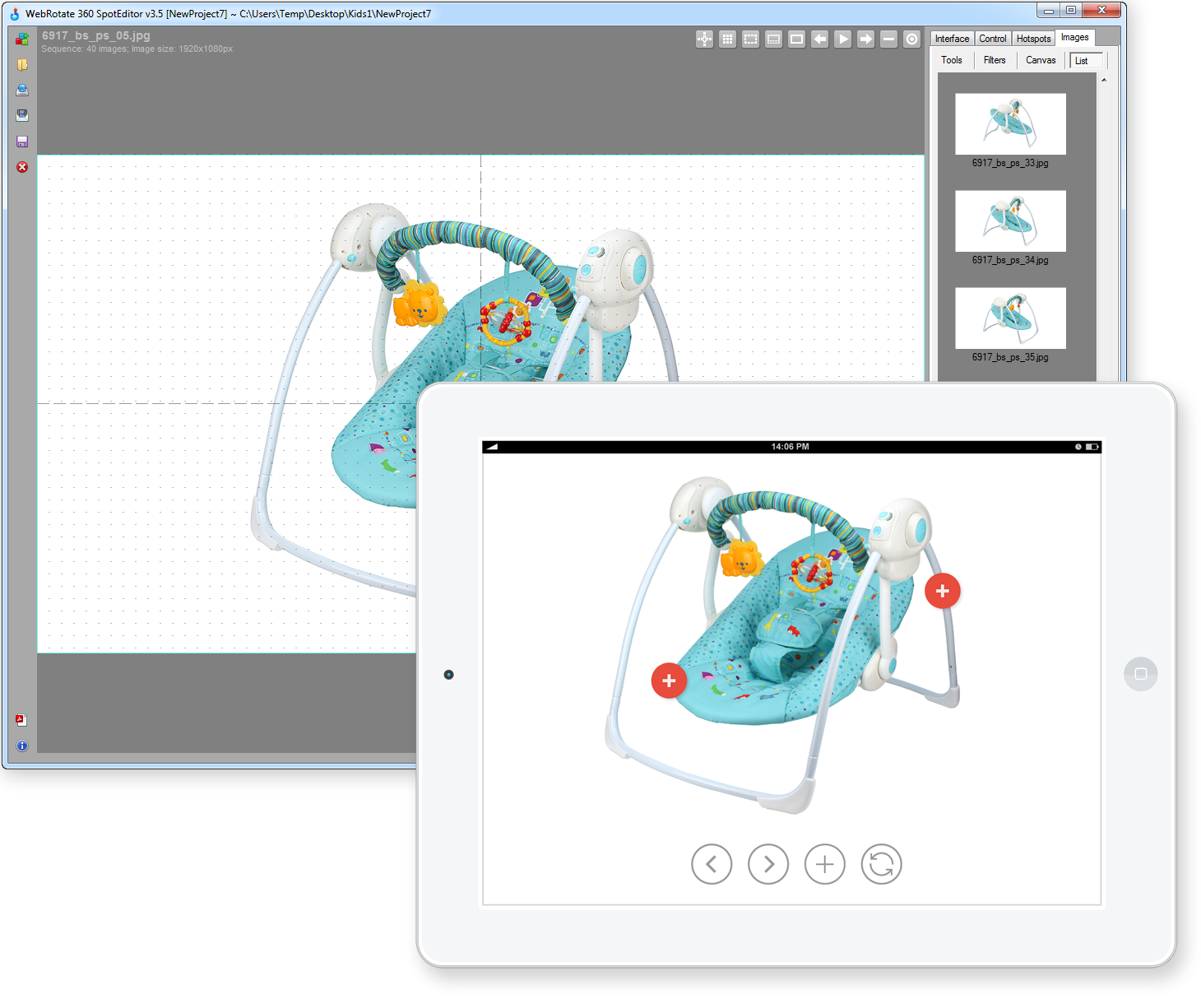
If you created your own 360 photo or don’t happen to know the Make and Model of the camera used to capture your photo, can simply set ProjectionType to “equirectangular,” or use an known 360 camera’s values as a trigger. What if I stitched the 360 photo myself, or don’t know what kind of camera was used? This is the preferred method, but is much more difficult to do. If you know what you’re doing, you can re-create or copy over Photo Sphere XMP metadata. To find the original values, you can view the Exif data from an original, unedited photo taken using your 360-ready camera. The easiest way to re-tag your images for 360 treatment in Facebook is to put the original values for “Make” and “Model” back into those fields. When you edit and save a 360 photo using standard image-editing tools, the “Make” and “Model” fields (among others) could now be empty. Using eXif.er (), a free, web-based tool for viewing and editing image metadata, to look at photos taken by 360-ready cameras. If you don’t have access to exiftool, you can tag your image with Make and Model, which are fields that are able to be edited by most Exif editors that were written for photographers.As an example, let’s look at Exif information from 360 photos taken with two popular 360-ready cameras, the Ricoh Theta S and the LG 360 CAM. Injecting Make and Model Metadata into your 360 photo When you’re done editing metadata, use the web version of Facebook to do your 360 upload. # 'photo.jpg' is the photo you want to tag

exiftool -ProjectionType="equirectangular" photo.jpg Most photographer-targeted Exif editors do allow the editing of the Exif XMP tag “ProjectionType,” but if you’re technical, you can use the popular command-line tool, exiftool.

Most 360 cameras and panorama-generation tools include Photo Sphere metadata in saved photos. Instead, there are two sets of metadata tags Facebook looks for to determine whether a photo is in 360: A way to bypass all of this metadata discussion is to simply use “Save As” in Photoshop.There isn’t yet a standard for tagging a photo as containing 360 content.
360 PHOTO EDITOR FOR MAC PRO
Pro tip: Adobe Photoshop’s “Save As” feature preserves camera metadata, where as “Export As” and “Save for Web” do not. To solve this problem, you need to inject the metadata back into the edited file. The reason for this is that many image editors strip out camera metadata, and the identifiers that Facebook uses to trigger 360 processing are no longer there. However, when you share edited photos, Facebook might not recognize them as being 360 photos. You can edit these photos for color and content as you would any other photo and save them back out as jpgs (although things get tricky if you are editing in areas close to the top, bottom, or sides, and other artifacts can creep in if you are doing things like sharpening). Viewed as a normal picture, 360 photos are typically in equirectangular projection. When you open a 360 photo in an image editor, you’ll notice that the photo is likely in equirectangular projection at a 2:1 landscape aspect ratio.

You may decide that you’d like to edit a 360 photo using your favorite image-editing program like Adobe Photoshop or iPhoto, or any number of photo editors on iOS / Android. Editing 360 Photos and Injecting Metadata
360 PHOTO EDITOR FOR MAC FULL
Panoramas taken with smartphones that have native panorama-capture support will also be presented in an interactive viewer (although you obviously won’t be able to look around in full 360). This information is embedded in photo’s XMP (Extensible Metadata Platform) and/or Exif (Exchangeable image file format) tags, and if you’re sharing 360 photos or panos straight from cameras or smartphones, Facebook automatically does the right thing-you don’t need to do anything extra: just pull the image files from the camera (either on your smartphone or computer), and share them to Facebook. To recognize such photos upon upload, Facebook looks for camera-specific metadata found in photos taken using 360-ready cameras. When you upload a 360 photo or panorama, Facebook automatically processes the photo and presents it in an interactive viewer. On June 9, 2016, Facebook announced support for 360 photos and panoramas. Edited Jto include information about cylindrical panoramas.


 0 kommentar(er)
0 kommentar(er)
